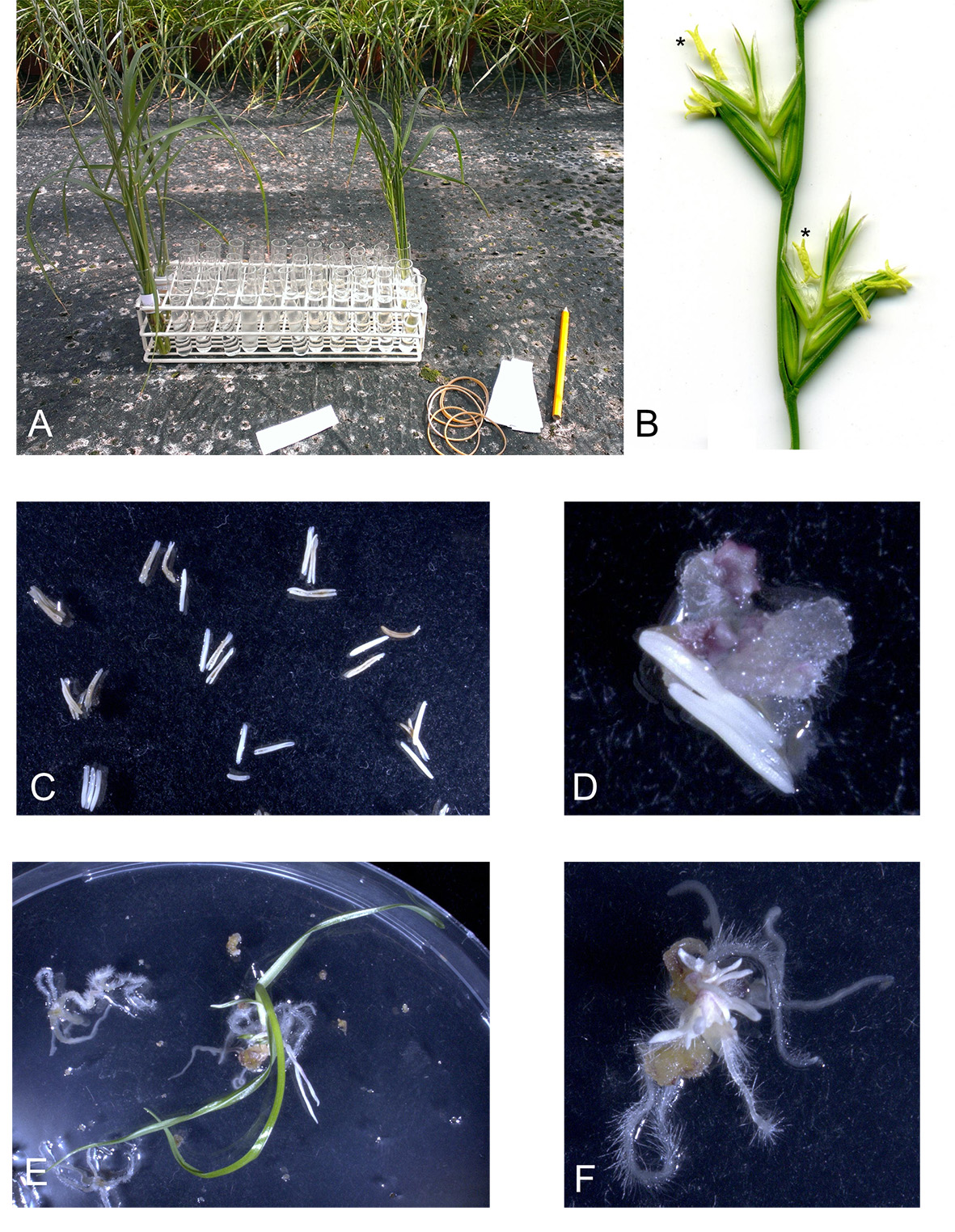Doubled haploid induction in perennial ryegrass
Contact person: Rachel Begheyn
Partners: Bruno Studer, Kirsten Vangsgaard and Niels Roulund
Project description: Attempts to implement hybrid breeding in forage grasses, such as perennial ryegrass (Lolium perenne L.), are hampered by its highly effective self-incompatibility system, which prevents efficient inbred line production by repeated selfing. The objective of this project is the development of an efficient method to obtain homozygous lines in perennial ryegrass using doubled haploid (DH) induction. By means of anther culture, completely homozygous lines can be obtained within one generation cycle. The technique has previously been described for grasses, but success is highly genotype dependent and often results in high percentages of albino plants. Genotypes with high responsiveness to anther culture have been reported and it has been shown that the trait can be crossed into breeding material. We aim at developing a molecular marker system to select for high responsiveness and to facilitate the introgression of this trait into advanced breeding germplasm.

